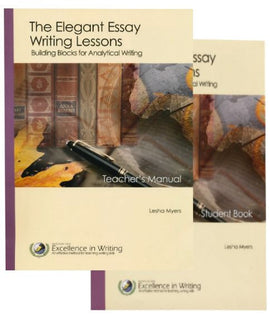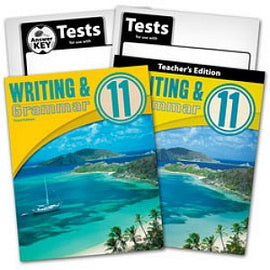Life of Fred Language Arts Series: Dreams (High School)
Life of Fred Language Arts Series: Dreams (High School)
$24.00
The fourth book of the Life of Fred Language Arts Series. This series is language arts help for high school students.
- Why kids don’t go to jail
- Brackets, parentheses, and braces
- Three ways to make a break in a sentence (commas, parentheses, and dashes)
- How to type an em dash on a computer
- Which words ending in –nger are pronounced with a hard g
- Use of [sic]
- Where to put the question mark(s) in Did he ask, “What time is it”
- What to use instead of parentheses inside of parentheses
- Twenty-six research doctorates and two professional degree doctorates
- Ruminants and why horses are unlucky
- Three uses of a dash
- When a question mark or an exclamation mark can touch a dash
- What not to say to little children, Metaphors
- The only time a period can touch a dash
- When acronyms lose their periods or their capitalization
- Analogy
- Emphatic form of a verb
- Compound subjects, Compound verbs, Simple, compound, and complex sentences
- Coordinating and correlative conjunctions
- When to express numbers as words or as numerals
- Conjunctive adverbs
- Figurative language (comparison, degree, and association)
- Two rules for making outlines
- Parallel construction, Synecdoche
- The difference between metaphor and metonymy
- Allusions in writing
- Good spelling implies high IQ
- Inverse, converse, and contrapositive
- Logical equivalence
- The four times to use the passive voice
- How to pronounce viz. e.g. and i.e.
- Three keys to good writing
- Unnecessary prepositions
- How to write an essay
- Plagiarism
- Etymology
- Two times you can use sentence fragments
- Three uses of the slash mark (/)
- Why we capitalize the pronoun I
- Ellipsis
Hardback, ISBN 978-1-937032-17-3, 128 pages
Click here to view sample pages.
| Book Title | Life of Fred Language Arts Series: Dreams (High School) |
| Publisher: | Polka Dot Publishing |
| Author | Stan Schmidt |
The fourth book of the Life of Fred Language Arts Series. This series is language arts help for high school students.
- Why kids don’t go to jail
- Brackets, parentheses, and braces
- Three ways to make a break in a sentence (commas, parentheses, and dashes)
- How to type an em dash on a computer
- Which words ending in –nger are pronounced with a hard g
- Use of [sic]
- Where to put the question mark(s) in Did he ask, “What time is it”
- What to use instead of parentheses inside of parentheses
- Twenty-six research doctorates and two professional degree doctorates
- Ruminants and why horses are unlucky
- Three uses of a dash
- When a question mark or an exclamation mark can touch a dash
- What not to say to little children, Metaphors
- The only time a period can touch a dash
- When acronyms lose their periods or their capitalization
- Analogy
- Emphatic form of a verb
- Compound subjects, Compound verbs, Simple, compound, and complex sentences
- Coordinating and correlative conjunctions
- When to express numbers as words or as numerals
- Conjunctive adverbs
- Figurative language (comparison, degree, and association)
- Two rules for making outlines
- Parallel construction, Synecdoche
- The difference between metaphor and metonymy
- Allusions in writing
- Good spelling implies high IQ
- Inverse, converse, and contrapositive
- Logical equivalence
- The four times to use the passive voice
- How to pronounce viz. e.g. and i.e.
- Three keys to good writing
- Unnecessary prepositions
- How to write an essay
- Plagiarism
- Etymology
- Two times you can use sentence fragments
- Three uses of the slash mark (/)
- Why we capitalize the pronoun I
- Ellipsis
Hardback, ISBN 978-1-937032-17-3, 128 pages
Click here to view sample pages.







